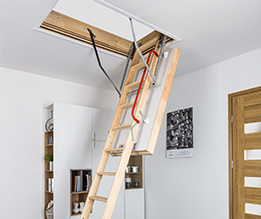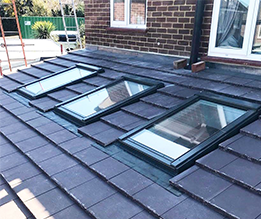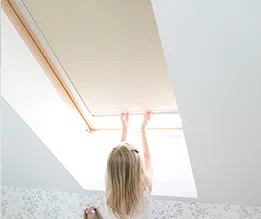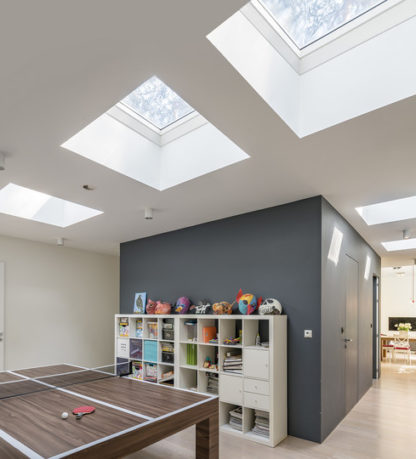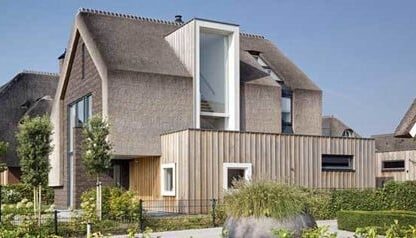How to Rent Out a Room in Your Home
Whether you're looking to make some additional income or just want to make the most of some unoccupied space in your home, renting out your spare room is a fantastic option to consider — and it could be far easier to do than you may think. Due to the government's Rent A Room scheme, most people in the UK can rent out a spare bedroom or loft conversion in their home as they please, tax-free up to £7,500 per year.
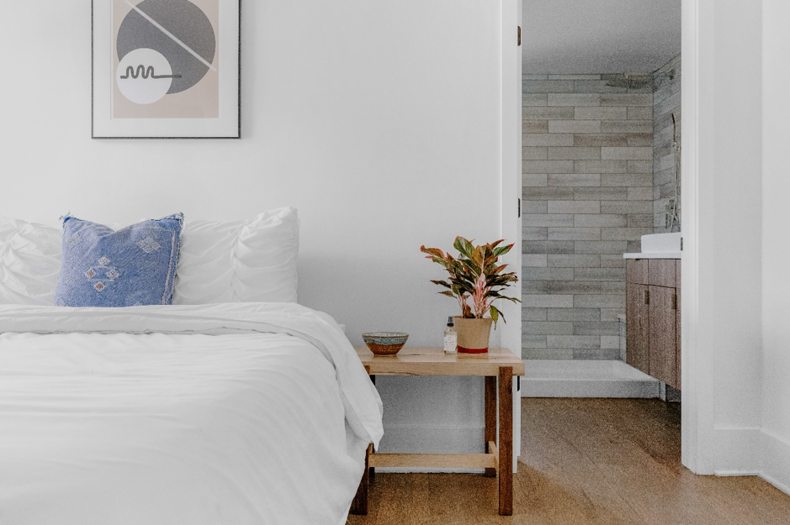
In this guide, we’ll share some tips for renting out a room in your home, including which property types the scheme applies to and what you will be expected to provide as a resident landlord. If you’re wondering how to make a room suitable for a lodger and looking for ways to maximise your profits with a more luxurious loft, we’ll give you some ideas too.
Can I rent out a room in my house?
Almost anyone can rent out a room or part of the home they live in by becoming a resident landlord. This includes people who are renters themselves, though some tenancy agreements are written to include clauses addressing this. So, you should always check your tenancy agreement first to make sure your landlord hasn’t specifically forbidden it.
If you own your home, check with your mortgage lender to see if you need permission first — in most cases, you won’t need it, but it can depend on the kind of mortgage you have.
One of the main conditions of renting a room is that you must also live in the property. If you’re renting out a room in a second home, that could be classed as subletting which is not covered under the Rent a Room Scheme.
If you’re planning on renting out a converted loft, you can find out whether your property is suitable for a loft conversion in our handy guide.

If you buy or rent as part of a shared ownership, you’re normally allowed to rent out a room in your home to a lodger — though you’ll have to check it’s OK with the other party in your scheme and possibly get their permission first. In almost all cases, you may not sublet or rent out your entire house.
Like those in shared ownership schemes, council tenants are generally permitted to keep a lodger in their home. So, you can rent out in a room in a council house, though you should let the council know that is your intention before the lodger moves in. Again, you may not sublet your property without permission.
As part of the conditions of a help to buy contract, you may not sublet your home. However, it is usually acceptable to rent out a room to a lodger and you may not need to ask permission with your mortgage lender (though it’s best to check), as long as you are living in the property too.
If you have a garden room or another outbuilding on your land separate to the main property (including a converted garage) then you may have the option to rent this out to lodgers. However, with dwellings like these you will need to secure the proper planning permissions for the structure first.
In short, while you don’t often require planning permission to convert your garage, you do need to seek it if you plan to rent your conversion out.
There is no reason why you can’t rent out a loft conversion in your property if you have permission — in fact, it’s one of the better options available to you, as it is on a separate floor to the rest of the house. This gives you and your lodger some additional privacy, and you can even add a small bathroom or en suite too.
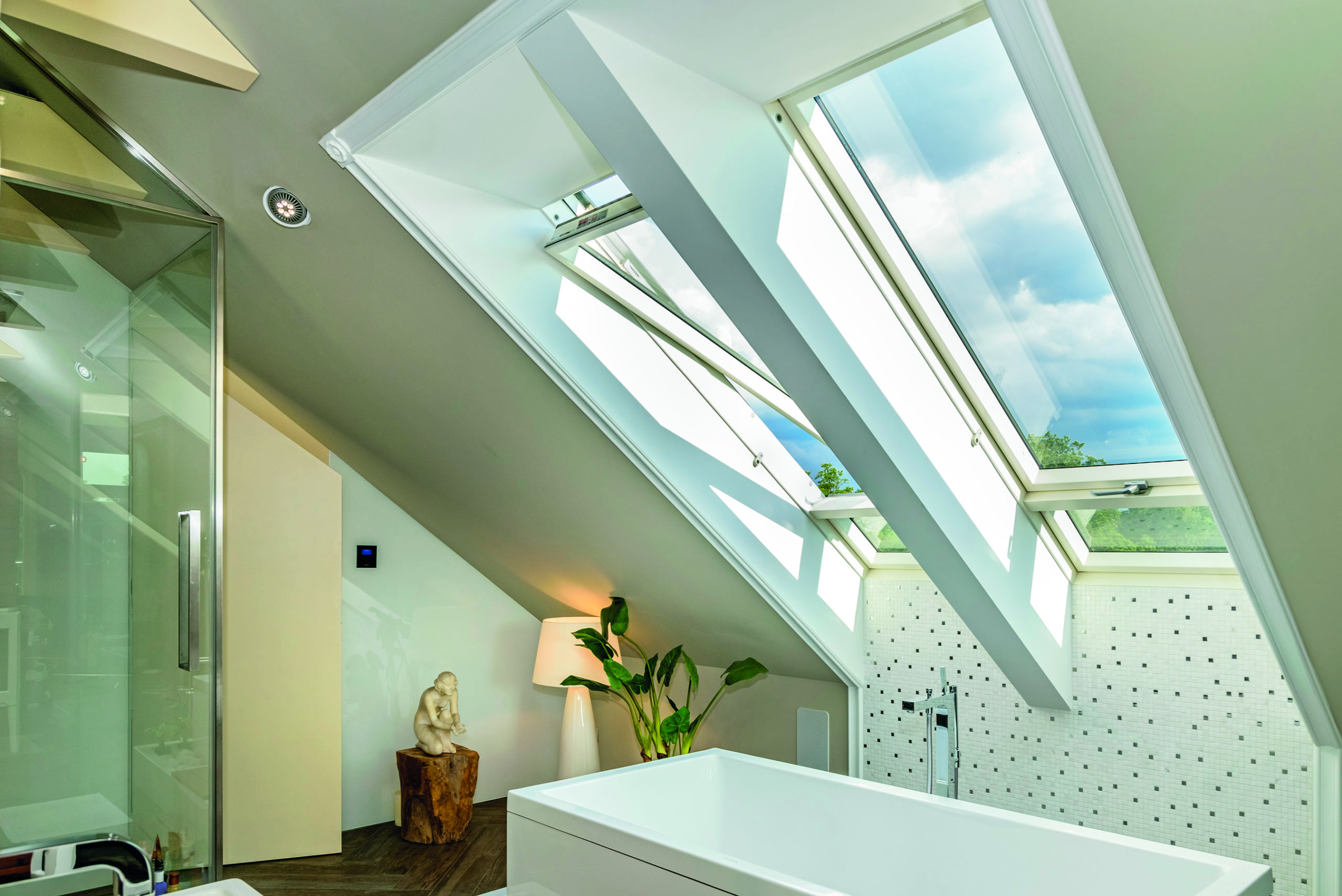
How to rent out a room
Understand your responsibilities
While a resident landlord has fewer responsibilities than an ordinary landlord, you’re still expected to provide a safe, liveable space to your live-in lodgers, including making repairs. You must provide a kitchen, bathroom, and a toilet, though these can be shared facilities. So, your lodger can share the same bathroom as you, for example.
On the other hand, lodgers have fewer rights than ordinary tenants. If you rent out your room, you still own that room, so they can’t stop you from entering it. They also can’t challenge the agreed rent, and you’re not required to give as much notice of eviction as you would if you were subletting.
As a resident landlord you’ll be expected to pay towards council tax as normal, whether or not you have a housemate or flatmate — though you will lose your Single Person’s Discount if you’re currently receiving that. You can, however, negotiate who pays the utility bills. Just make sure you decide this before your lodger moves in, and get it in writing if you can to avoid future disputes.
Establish how much you will charge for rent
When renting out a room in your home, you can pretty much charge what you like — however, you can only earn up to £7,500 per year tax-free under the Rent A Room Scheme. You can exceed this figure, you’ll just have to declare your earnings and work out how much tax you should pay.
Other factors you should consider when setting your price include things like the location of your property, the size of your room, and its condition. You’ll likely be able to charge more if you live in a high-demand area, such as a city centre or close to a business park, and if you can provide a larger, well-maintained room.
To get the most value out of your spare room, try looking for ways you can add additional comforts so that you can charge a little bit extra. For example, a luxurious loft conversion with plenty of natural light, an en suite bathroom, and even a small kitchen area will be extremely attractive to lodgers, and they may be willing to pay more than for a basic room with facilities.
When preparing your spare room for a lodger, make sure you check out our tips for how to brighten up a dark room.
Find a suitable lodger
With your room prepared and rent decided, all that’s left to do is find someone to move in. Many people applying for spare rooms are single professionals who need somewhere to stay that’s close to work. There are many websites and apps specifically for this purpose, so take a look online and see which are popular in your area, then advertise your room for rent. Try checking your local newspapers or placing an ad yourself, or you can simply ask around your friends and family to see if they know anyone who’s looking for a room.
You may find it helpful to interview potential lodgers, so that you can get to know them a bit before they move in and they can ask any questions about the arrangement before they agree to anything. You can show them around your property, and give them a copy of your proposed rent agreement to take away so they can read it at their leisure.
A freshly decorated or redecorated room could make it more attractive to high-quality lodgers, and the right décor can even increase the rental value of your spare room. According to a study by Skyes Cottages, properties with Cottagecore, coastal, and Art Deco themes tend to charge more per night on AirBnB than other styles, so it’s worth researching current trends before you start decorating. You may find our guide to creating a comfortable bedroom useful too.
The tips in this guide can help you figure out whether renting out a room in your home is right for you. Becoming a resident landlord can be very simple and lucrative, as long as you do your research first and understand your rights and responsibilities.
A converted loft with roof windows can provide a light, airy, and attractive space for a lodger to live in that’s slightly more separate and private than a room elsewhere in your home. If you’re looking to maximise the potential of your rented room, you should definitely consider a loft conversion — and you don’t normally need planning permission!
At RW4Y, we have a wide range of roof windows, skylights, lantern roofs, and much more to suit all kinds of properties and structures. Get in touch with our team and we’ll talk you through our products and help you find the right solution for your needs, or check out more home improvement tips in our Knowledge Hub.

